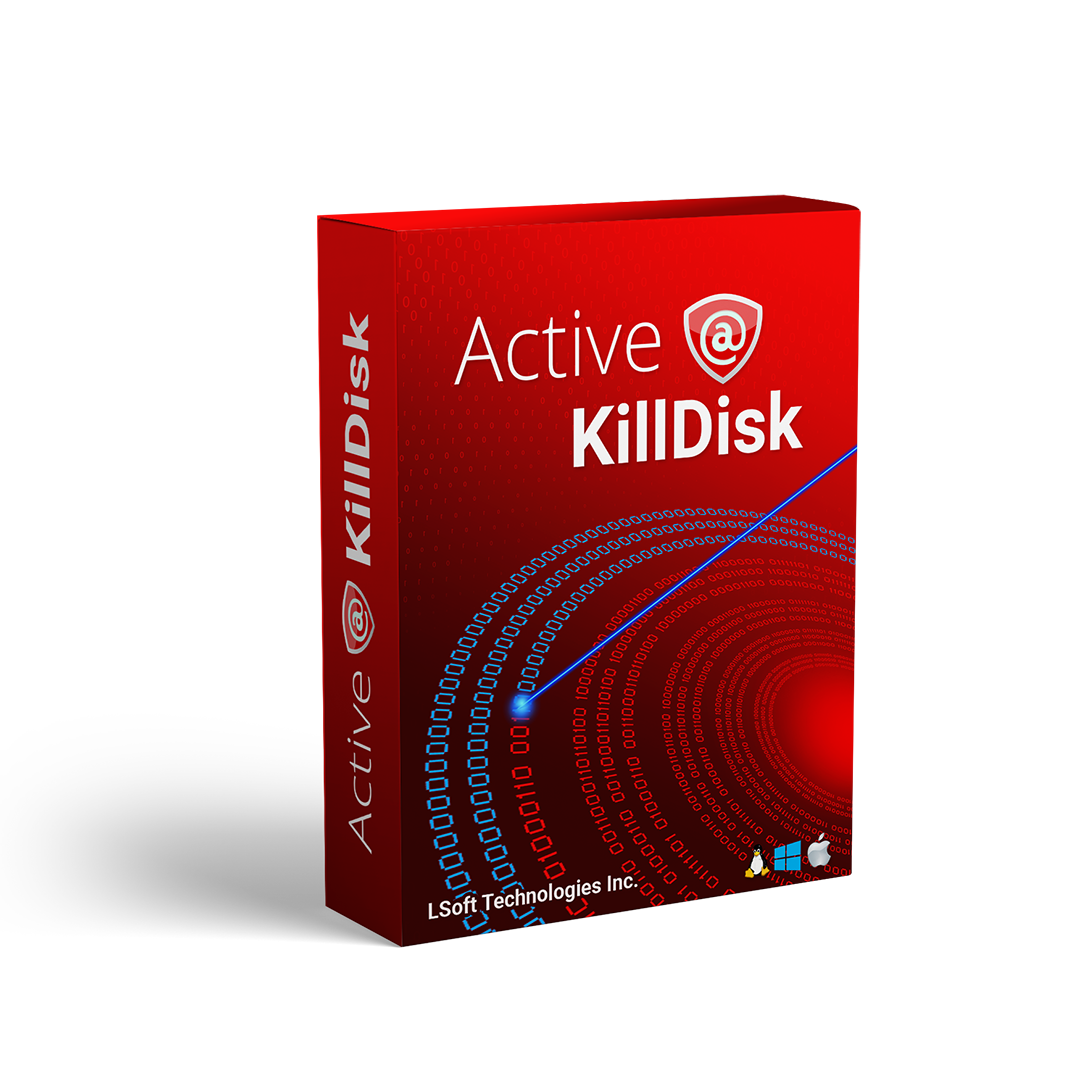The Hidden Cost of Outsourcing Data Sanitization — Why Smart Companies Bring It In-House
Introduction
Every year, large and mid-sized enterprises face the critical task of securely eradicating sensitive data from decommissioned hardware. Many choose to outsource this process to IT Asset Disposition (ITAD) vendors, attracted by seemingly affordable per-drive prices.
However, what appears to be a cost-effective solution on paper often masks hidden expenses and risks that can far exceed initial expectations. This article explores why bringing data sanitization in-house can significantly reduce costs, mitigate risks, and enhance control over the process.
The Real Cost of Outsourcing
At first glance, outsourcing data wiping costs around 15 per drive, which seems reasonable. Yet, this figure represents only about 15% of the total expense. The remaining 85% includes: transportation and logistics, chain of custody management, processing delays and response time, liability and compliance risks, regulatory and internal overheads.
Case Study: Morgan Stanley’s Costly Mistake
In 2016, Morgan Stanley outsourced data destruction. The vendor failed to wipe the drives properly, resulting in the sale of confidential client data. The fallout included fines, lawsuits, and regulatory penalties totaling over $150 million—expenses that the company absorbed, as vendor liability caps proved inadequate. This case exemplifies how outsourcing can backfire catastrophically when controls are lacking.
The Growing Threat of Third-Party Breaches
Recent statistics show a rising trend: • 36% of data breaches originate from third-party vendors. • Detection delays of 26 days mean breaches can go unnoticed longer, increasing damage. • The average breach cost is around $4.88 million, rising annually. With stricter regulations (e.g., SEC disclosures), organizations are personally liable, making control over data sanitization more critical than ever.
A Smarter Approach: Bring Data Sanitization In-House
Instead of relying on external vendors, deploying dedicated software solutions like LSoft KillDisk Industrial offers a cost-effective, secure, and compliant alternative. A one-time license can process 100–200 drives simultaneously, eliminating recurring vendor fees and liability concerns. It provides immediate verification, certificates, and control—reducing processing time from weeks to just a few days and enabling a rapid return on investment.
Financial and Operational Benefits
For a typical enterprise processing 1,500 devices annually, in-house sanitization can cut costs from approximately 16,000—saving over $70,000 annually and achieving ROI within three months. Larger volumes amplify savings, with documented cases reporting ROI up to 568% over three years, faster processing times, and significant labor reductions.
Conclusion
Outsourcing data sanitization may seem convenient in the short term but hides substantial costs, risks, and compliance challenges. By bringing this process in-house with reliable software solutions, organizations can gain greater control, reduce costs, mitigate breach risks, and meet regulatory requirements confidently. As cyber threats and regulatory scrutiny increase, proactive internal management of data destruction is no longer optional—it's essential for modern enterprise resilience.

